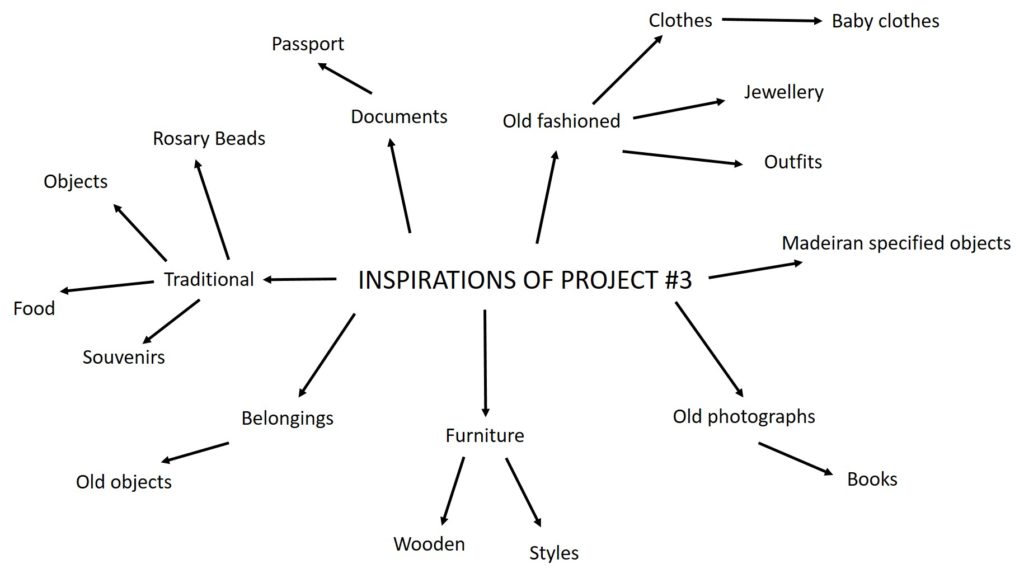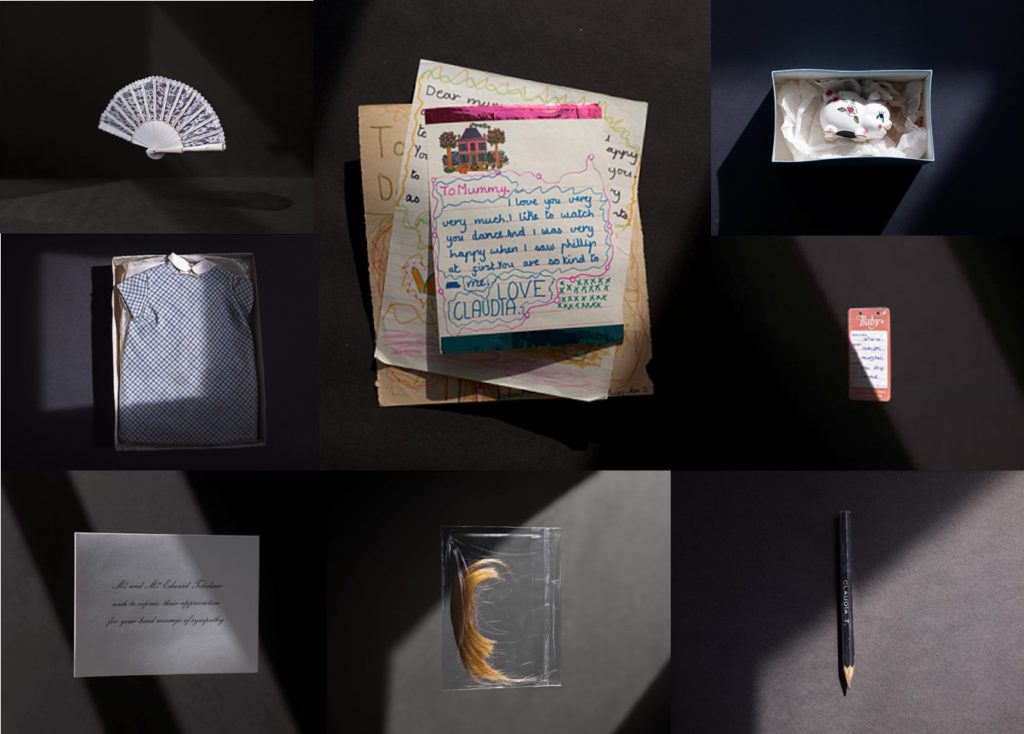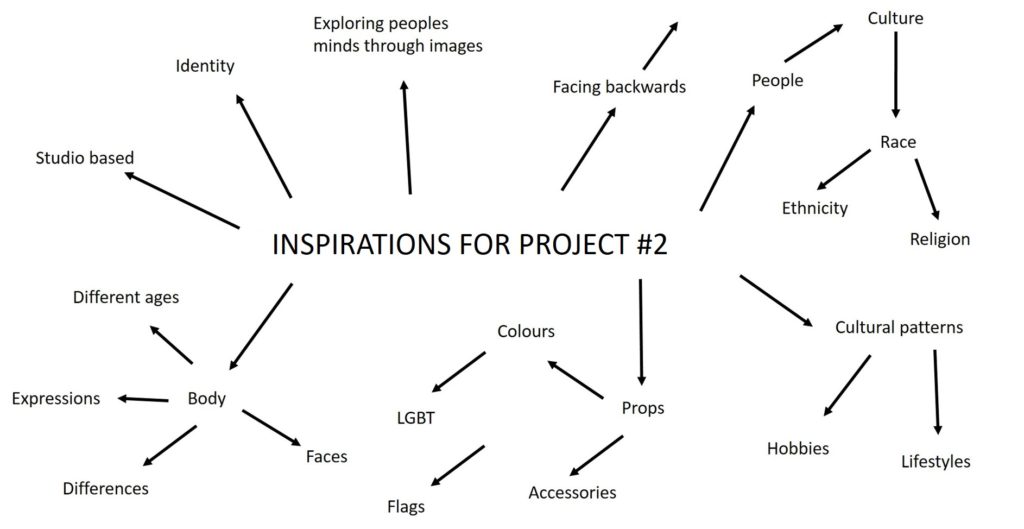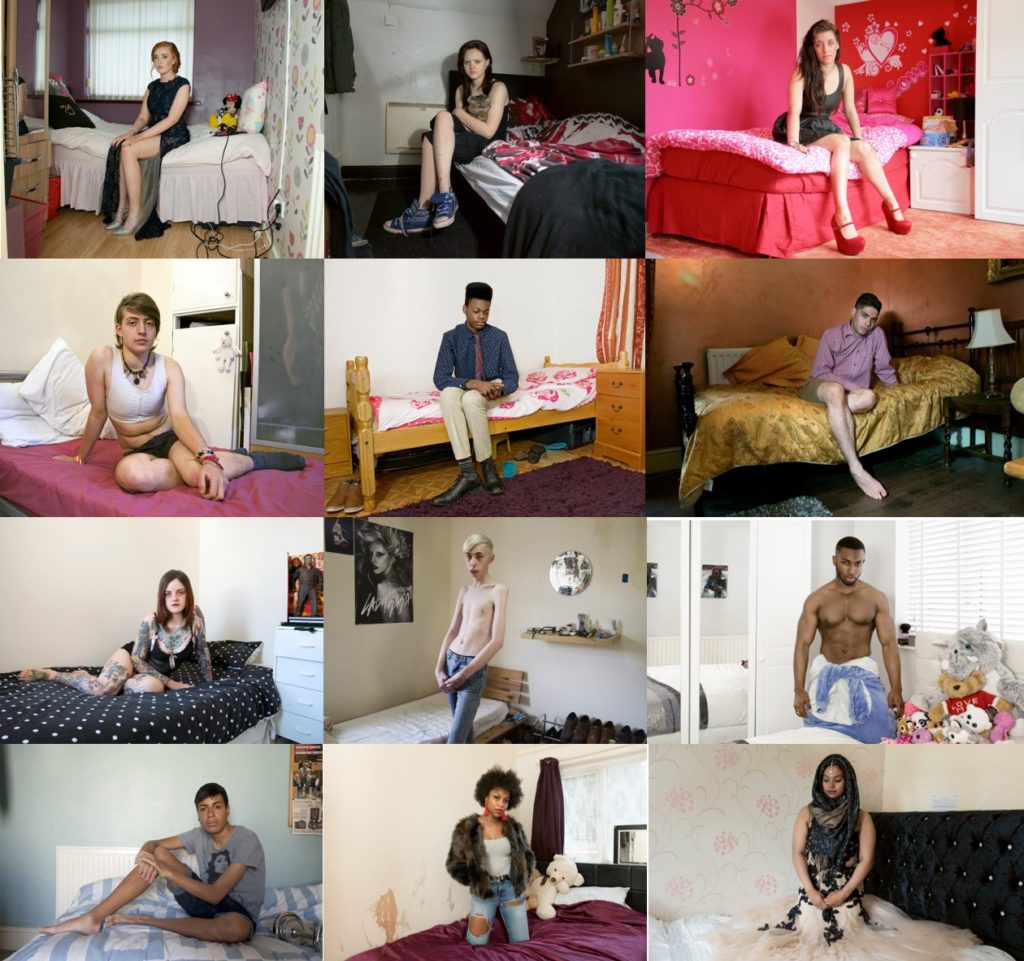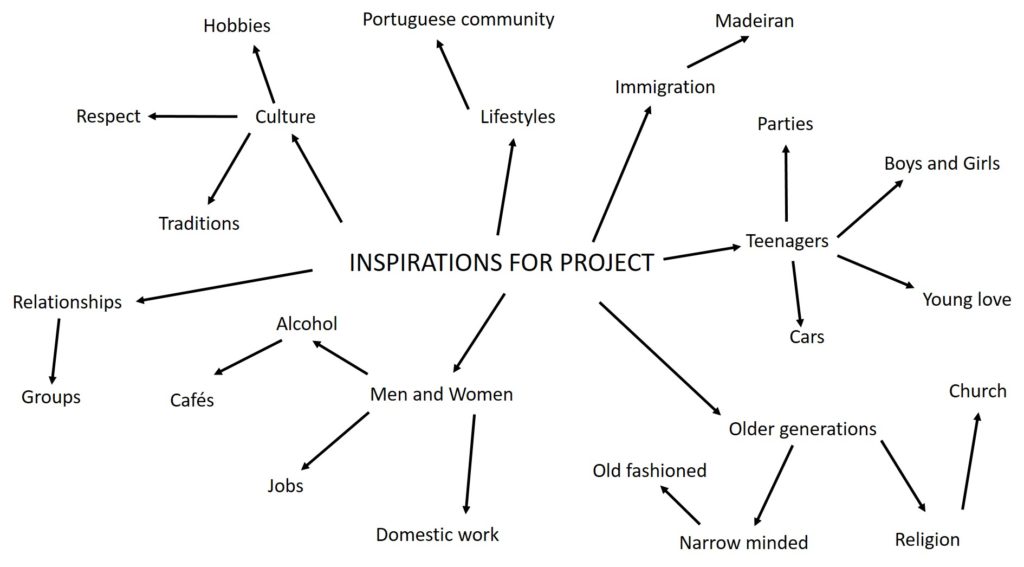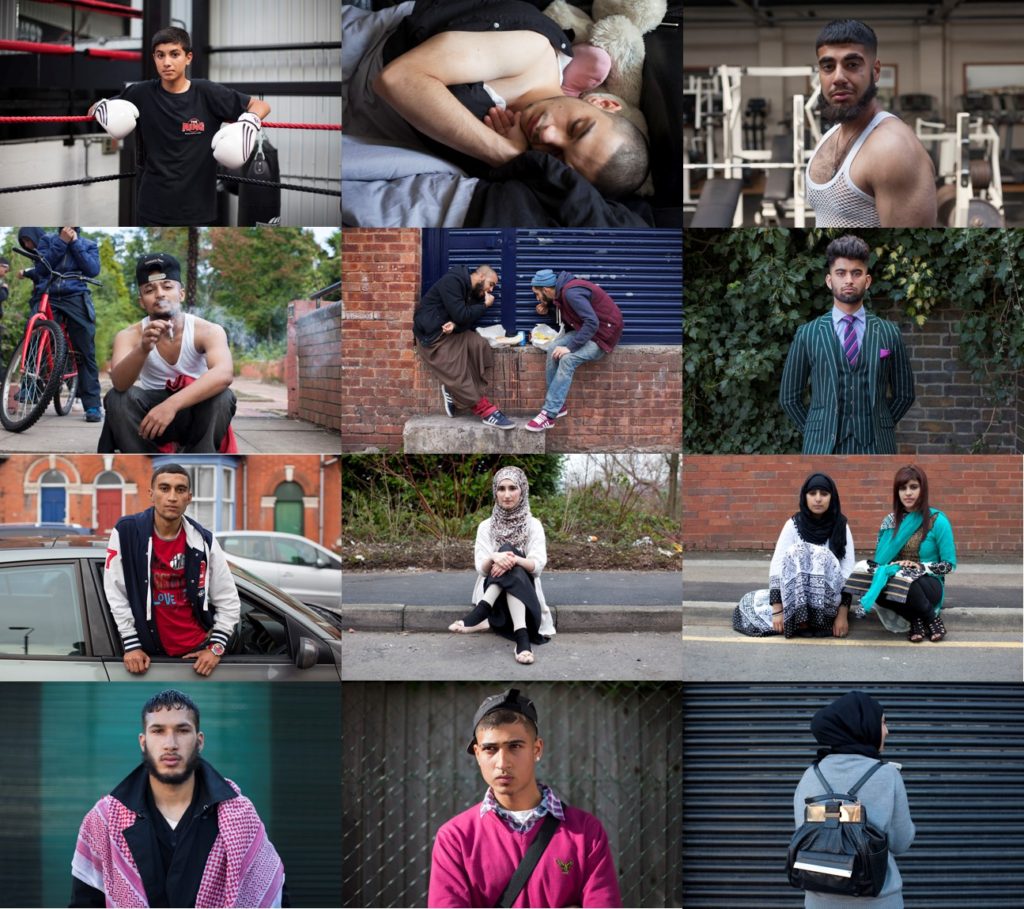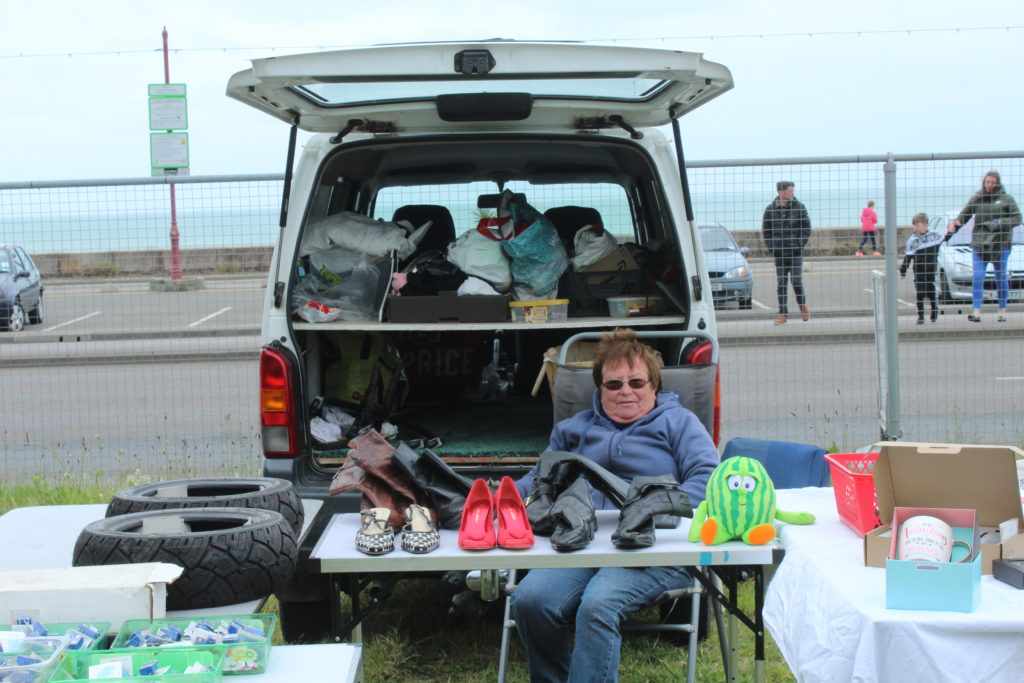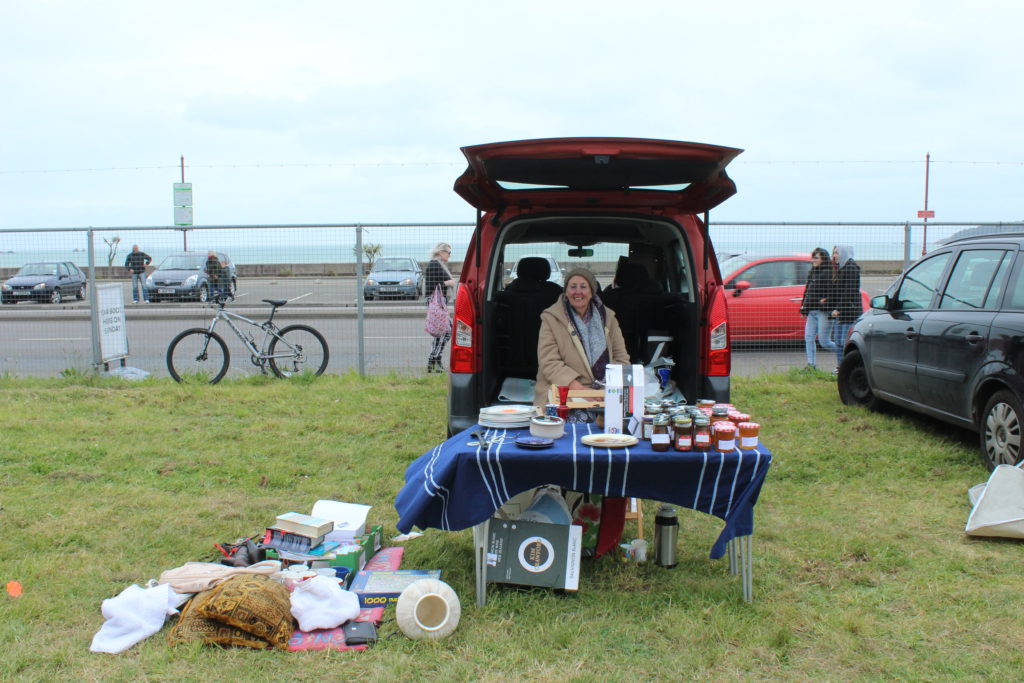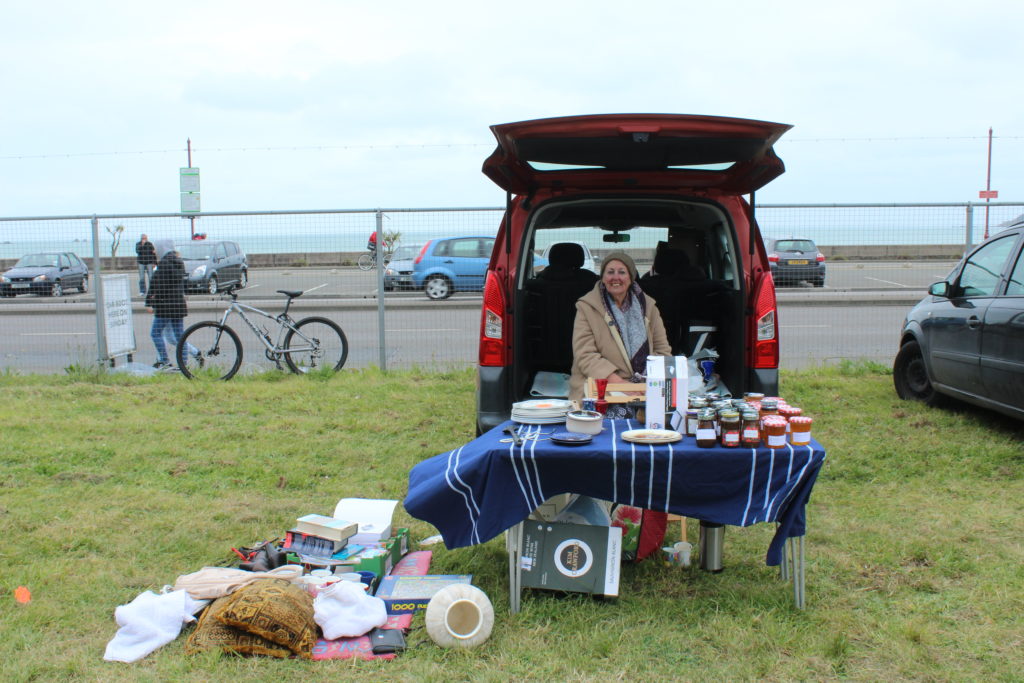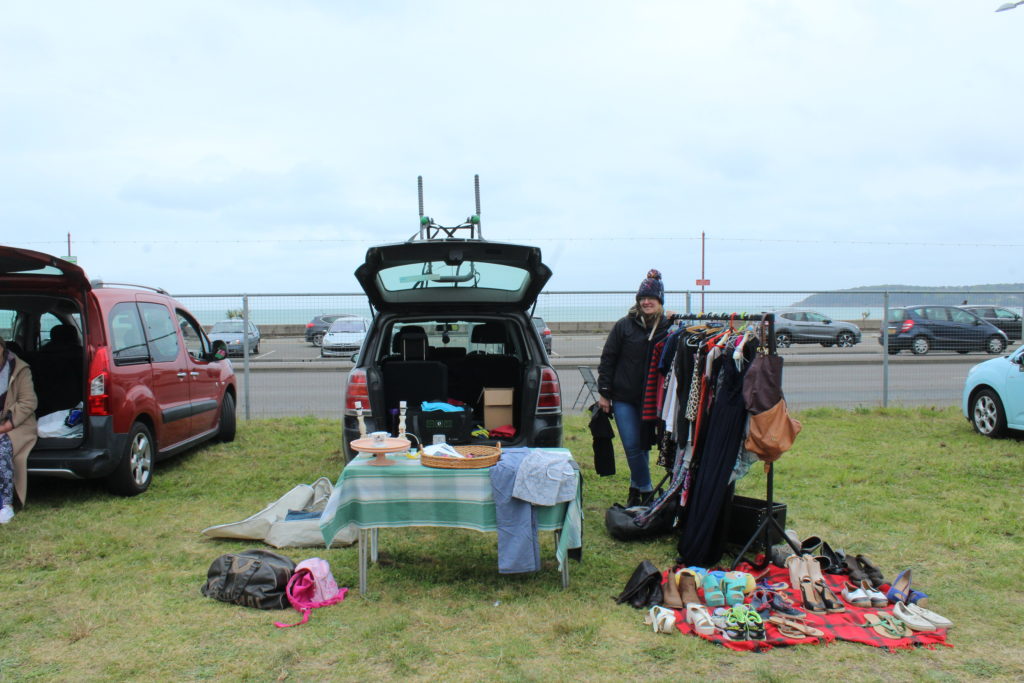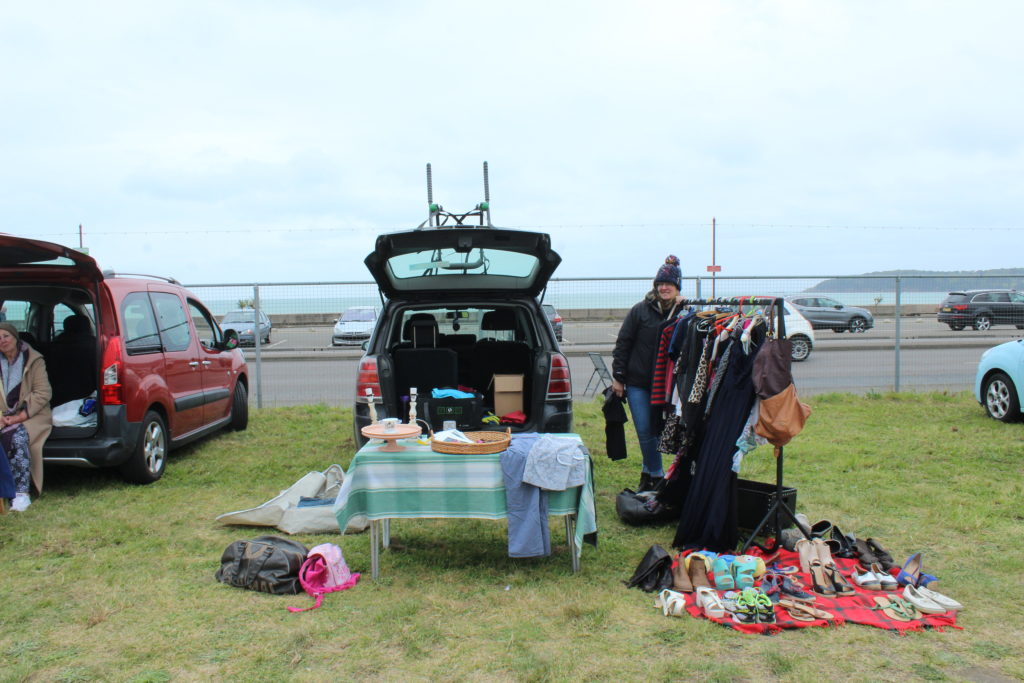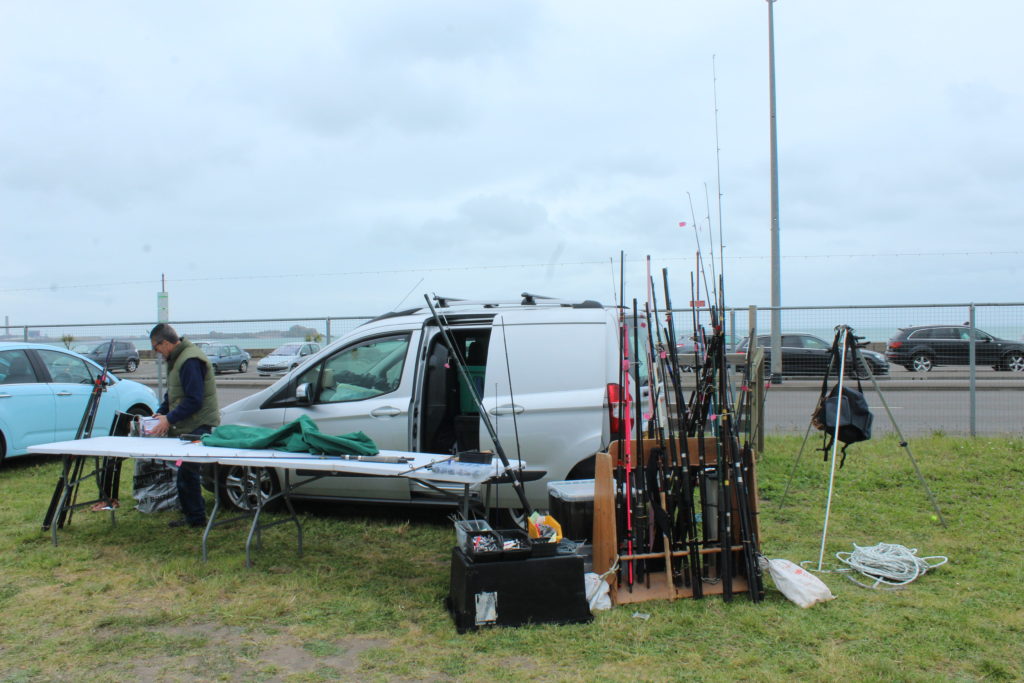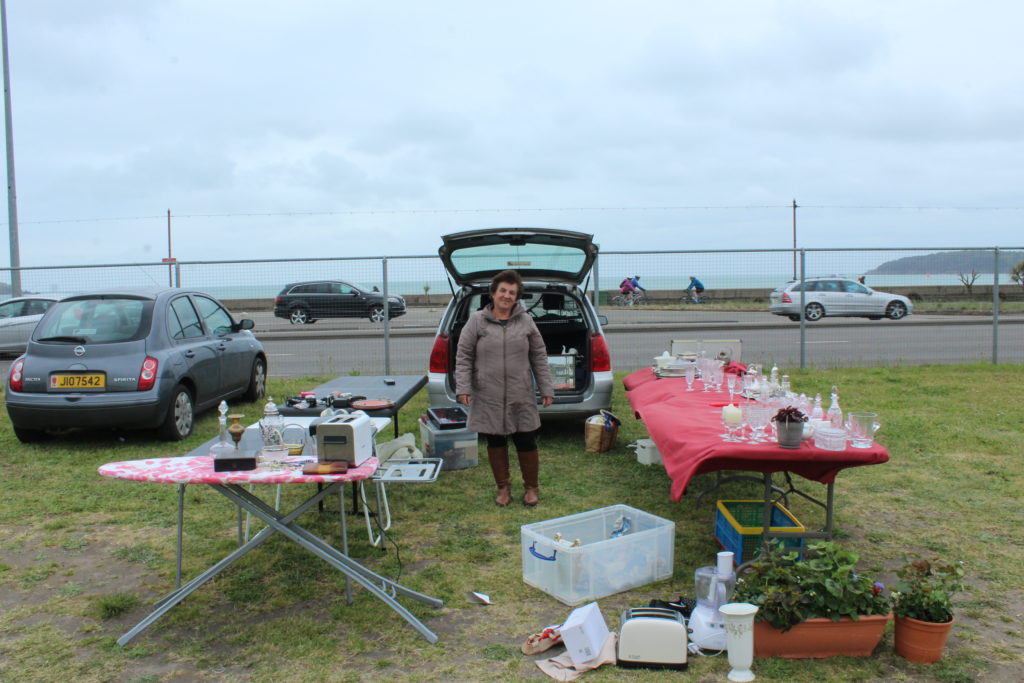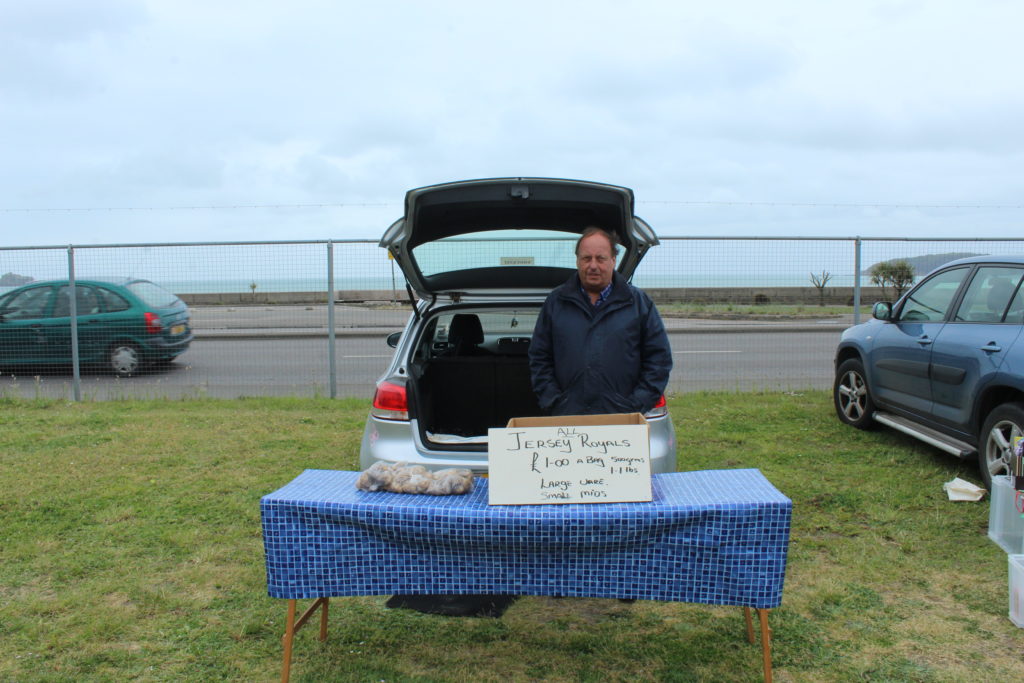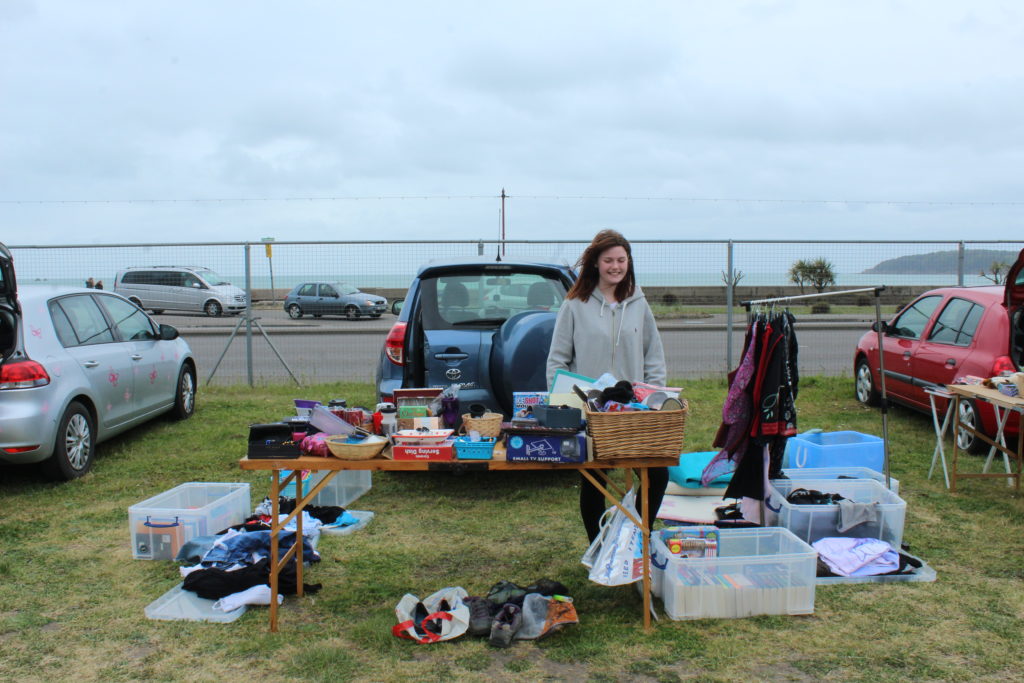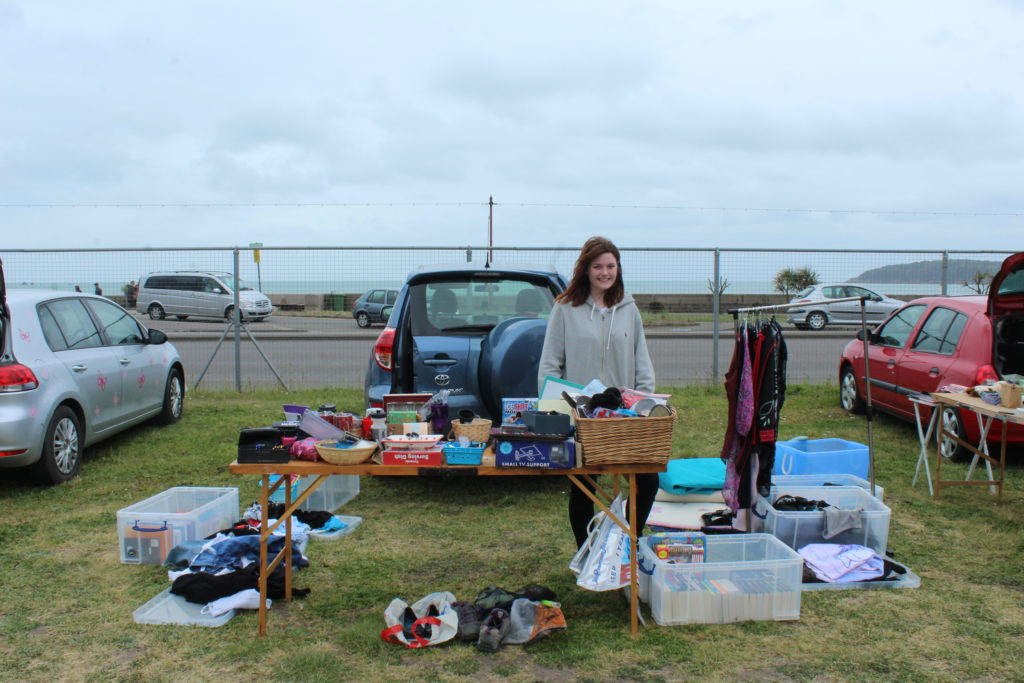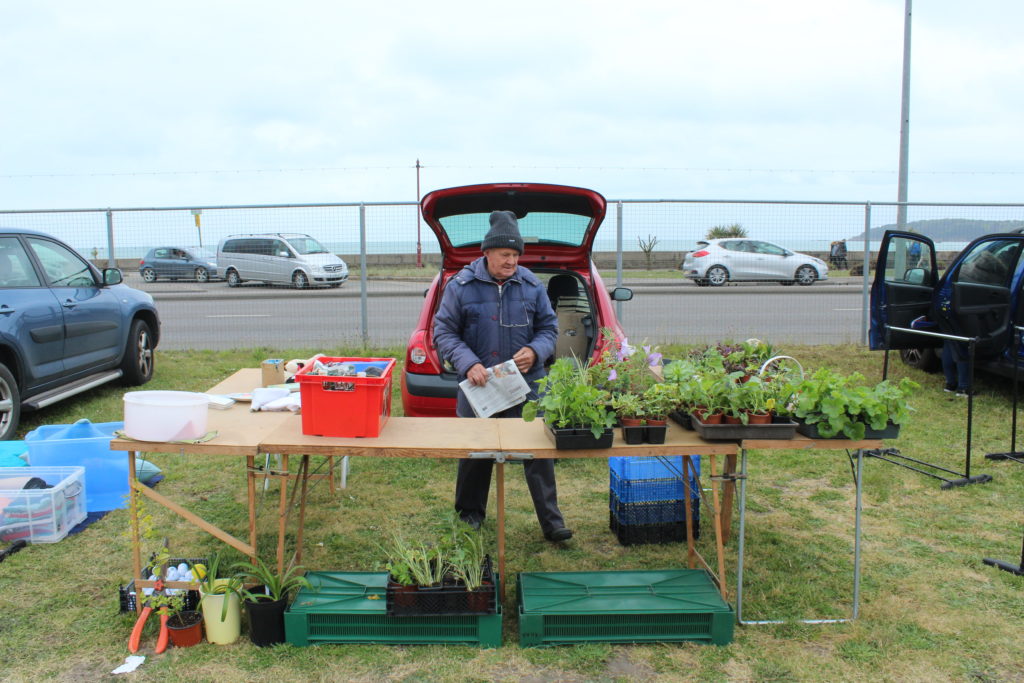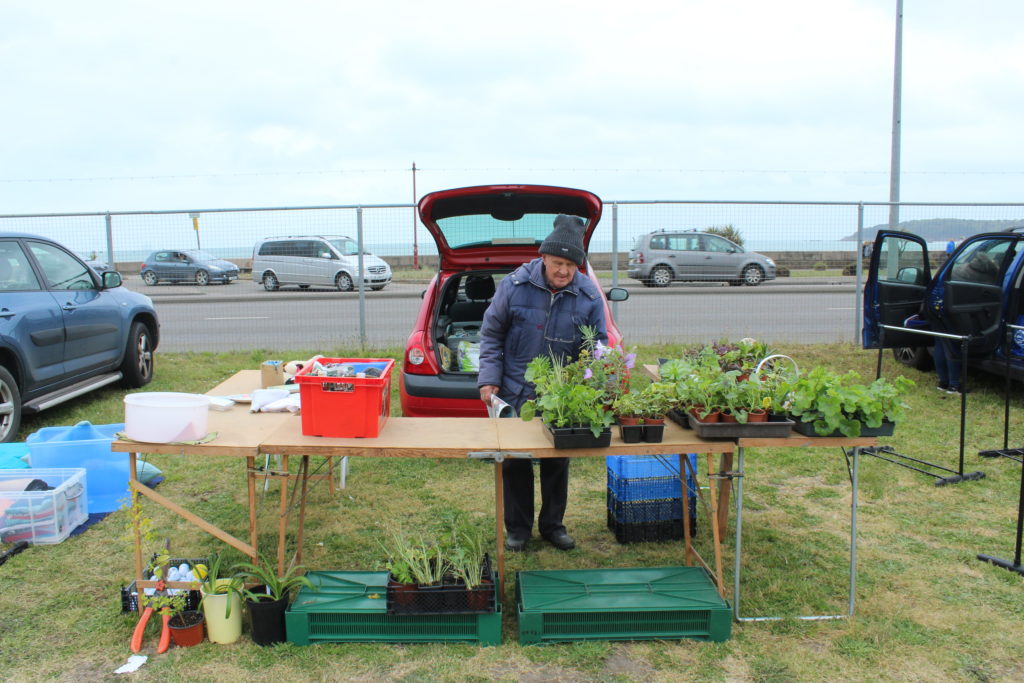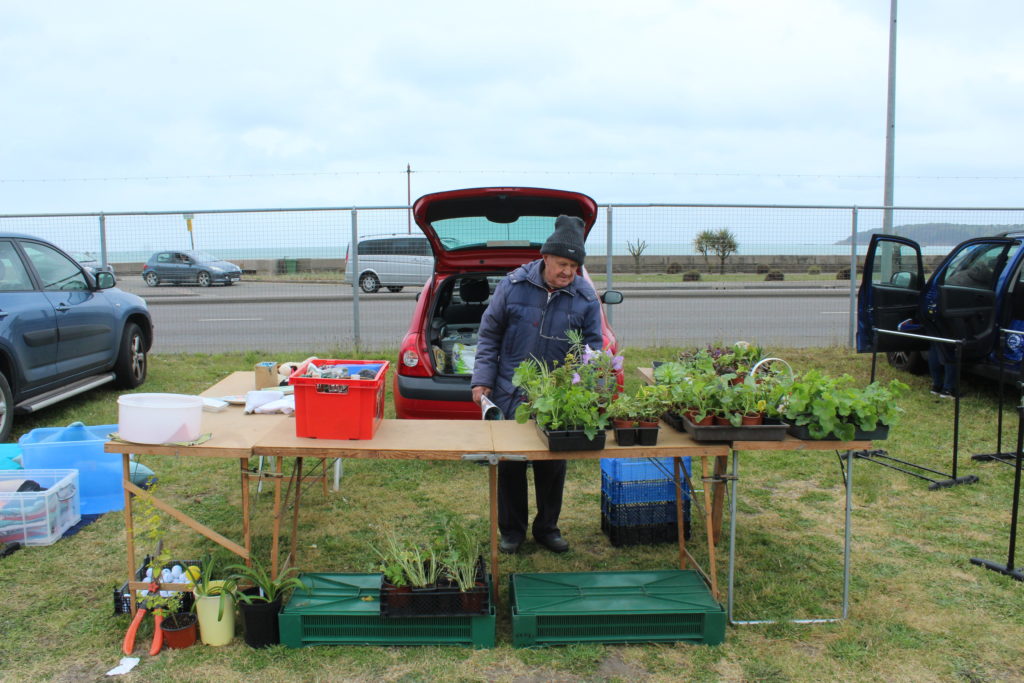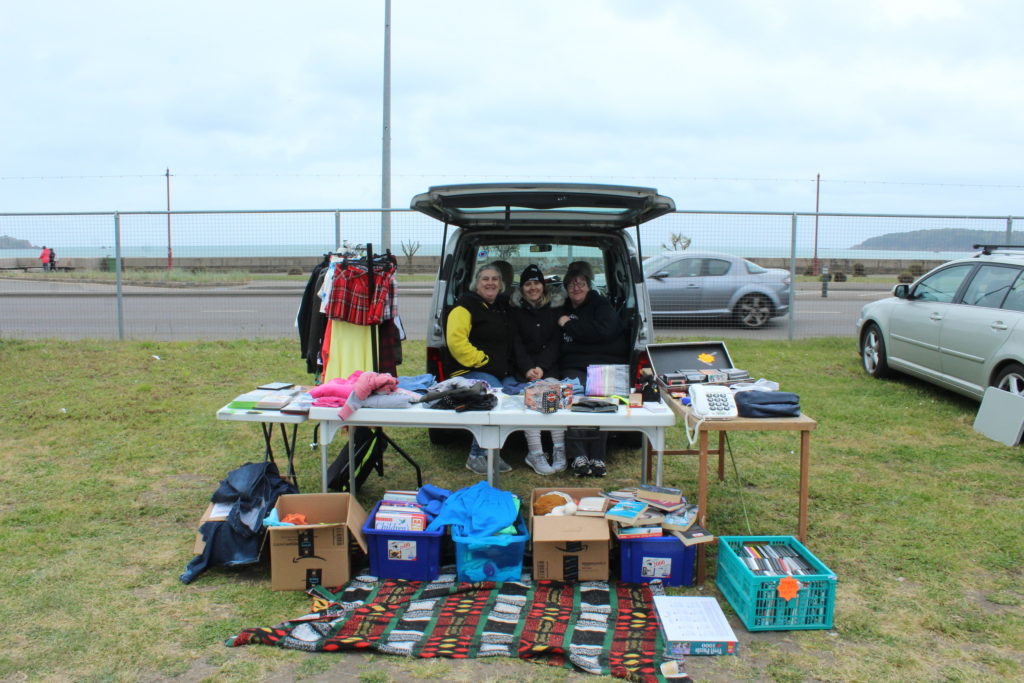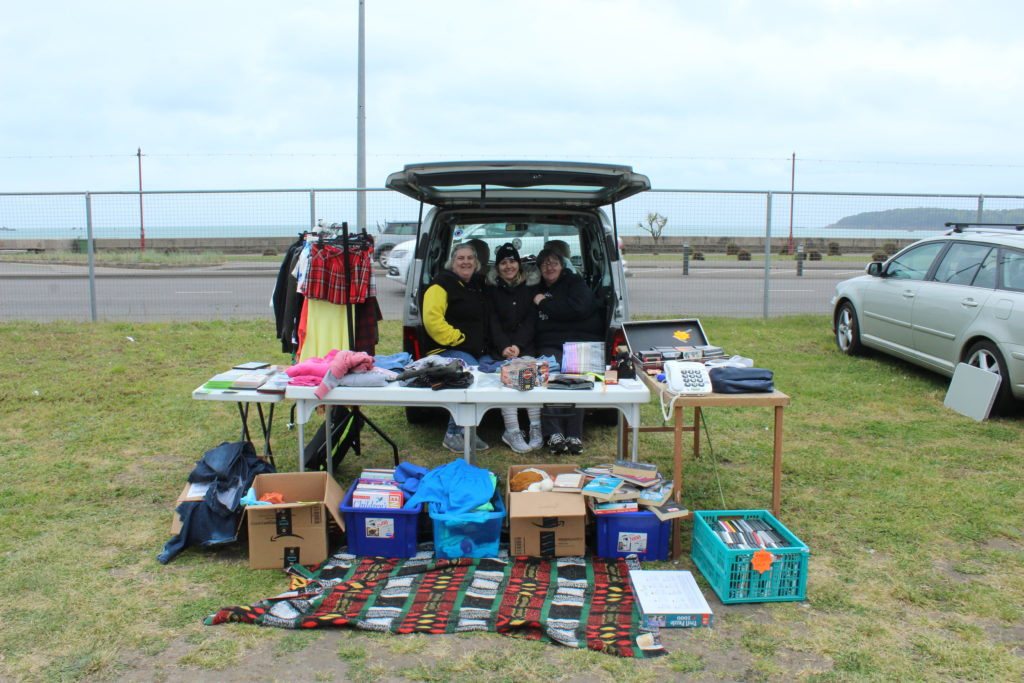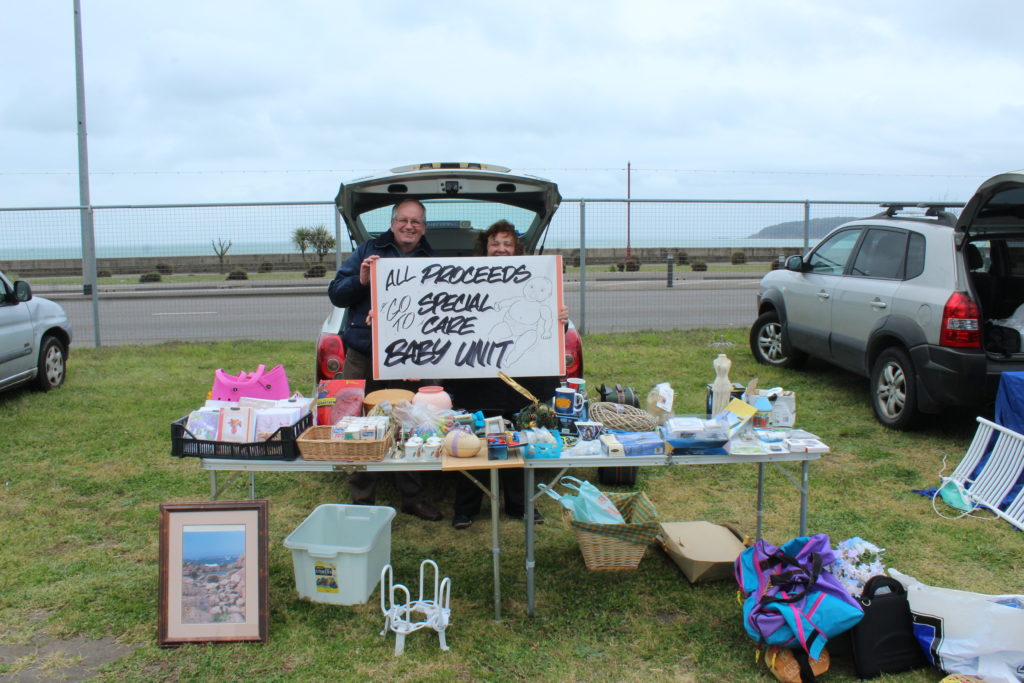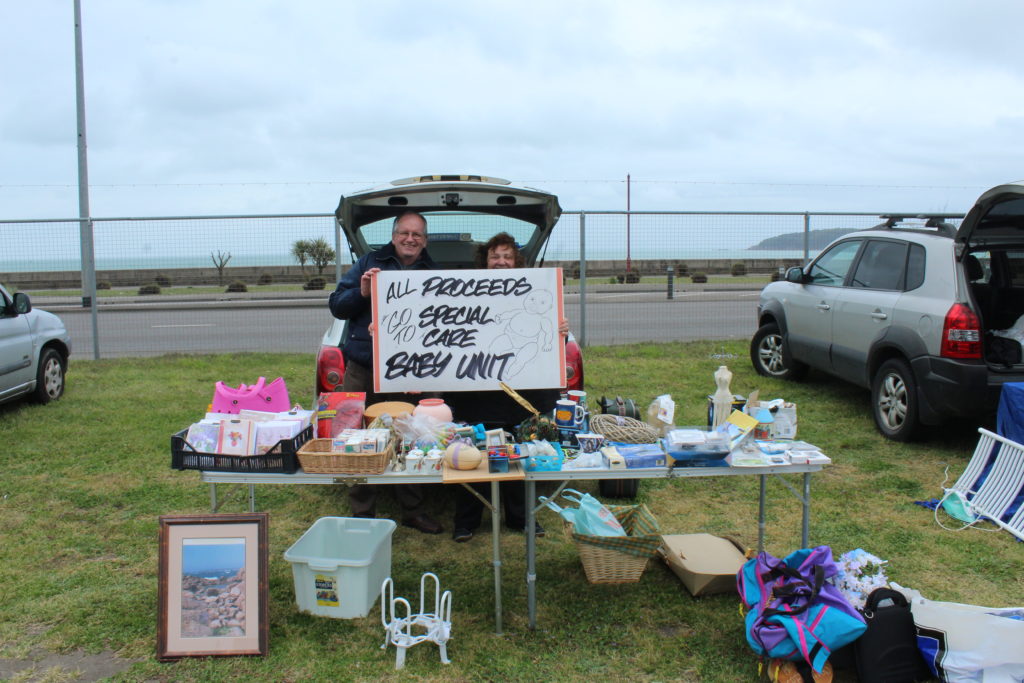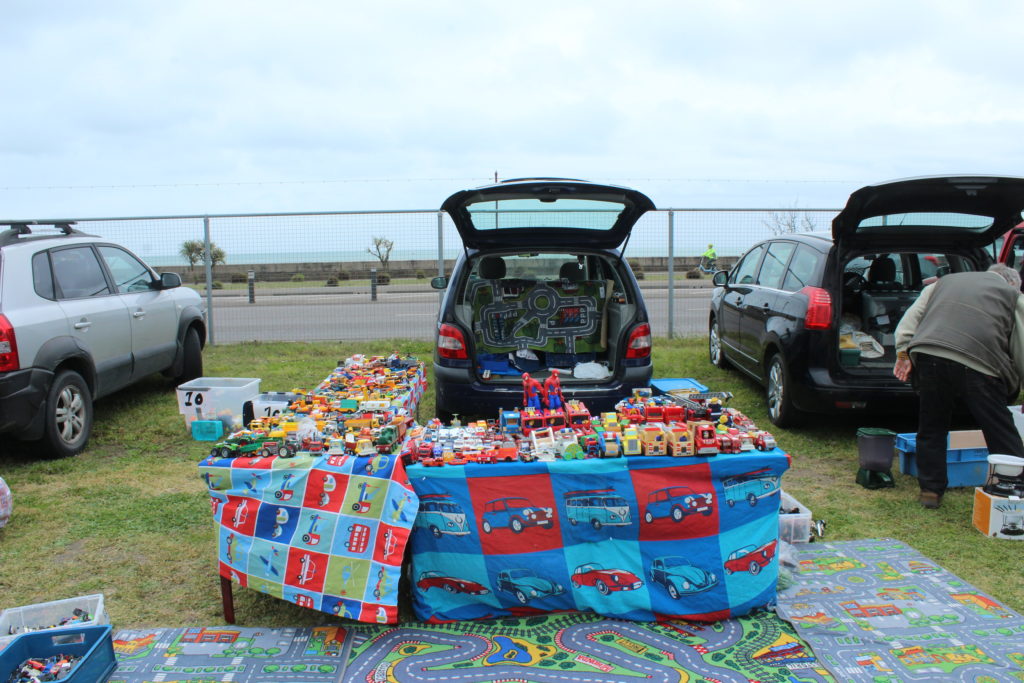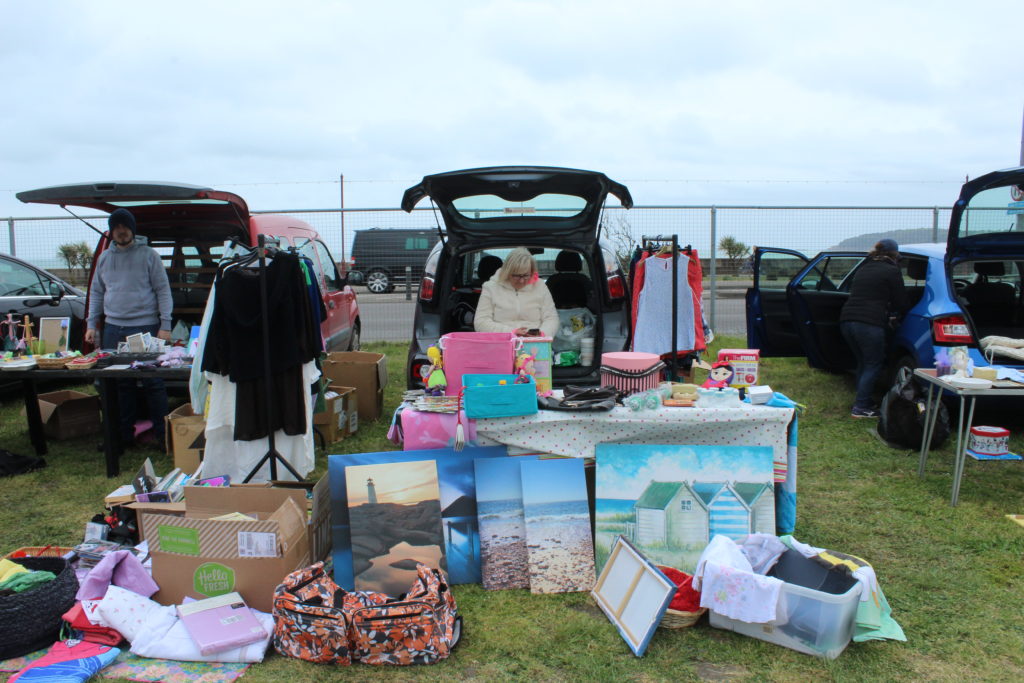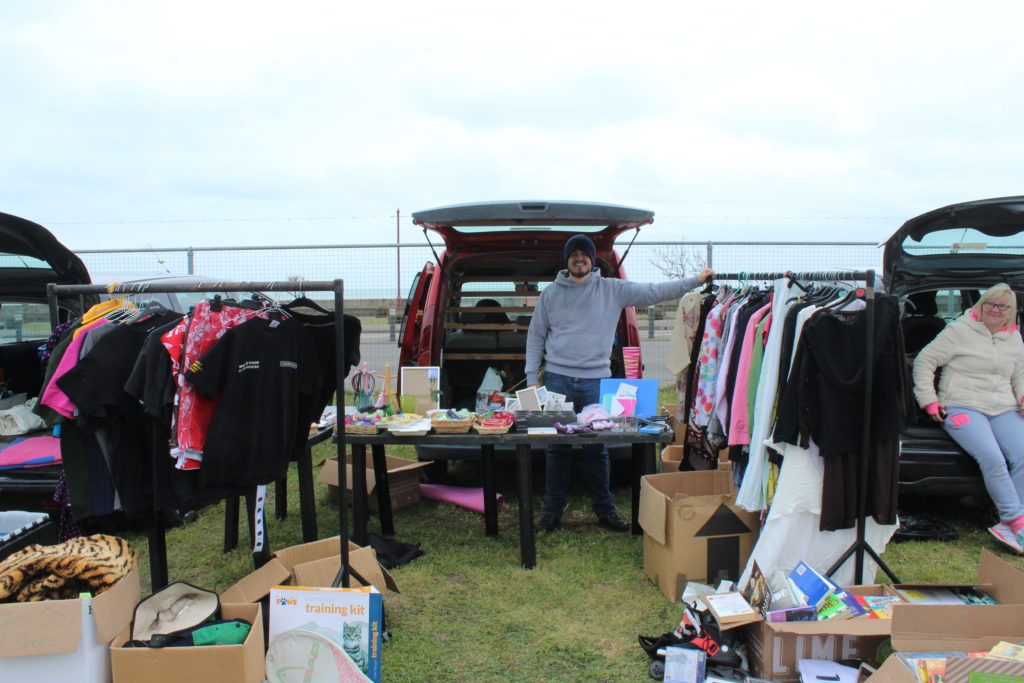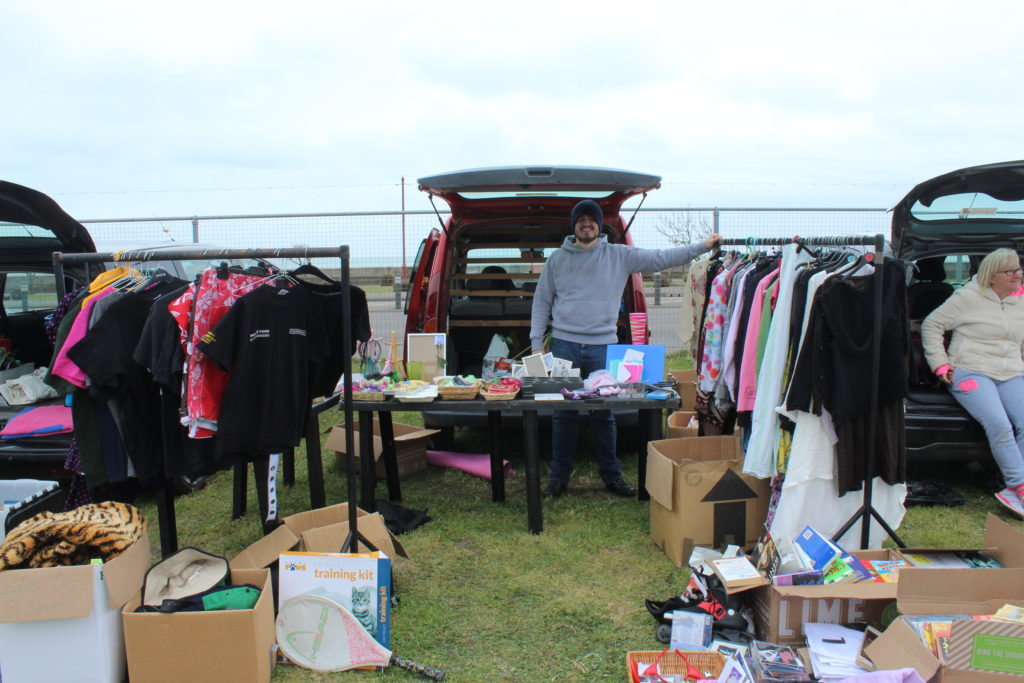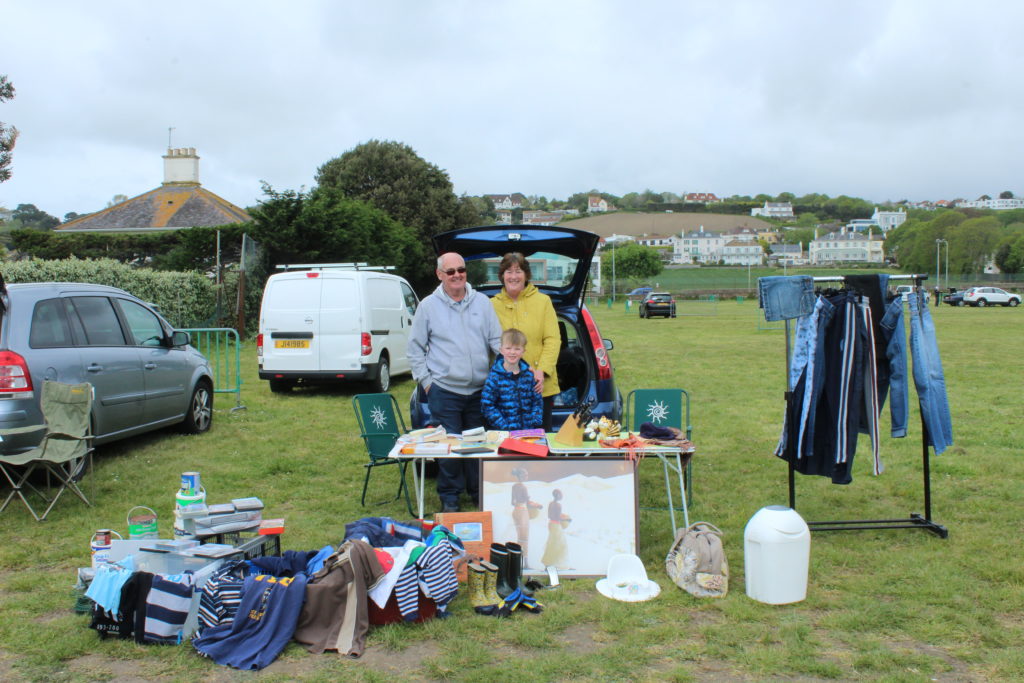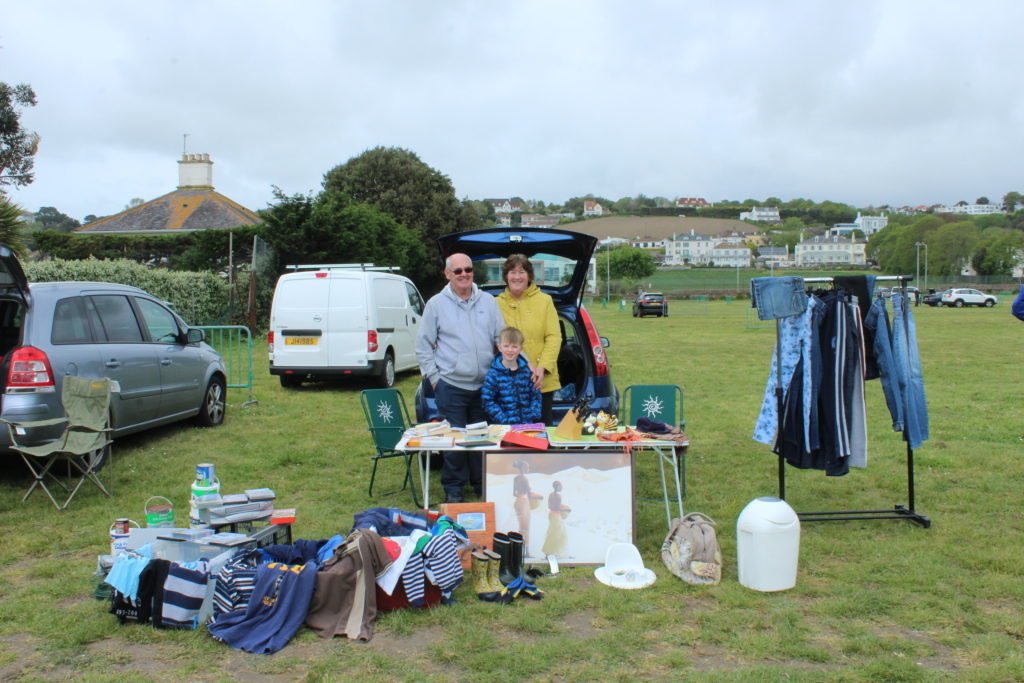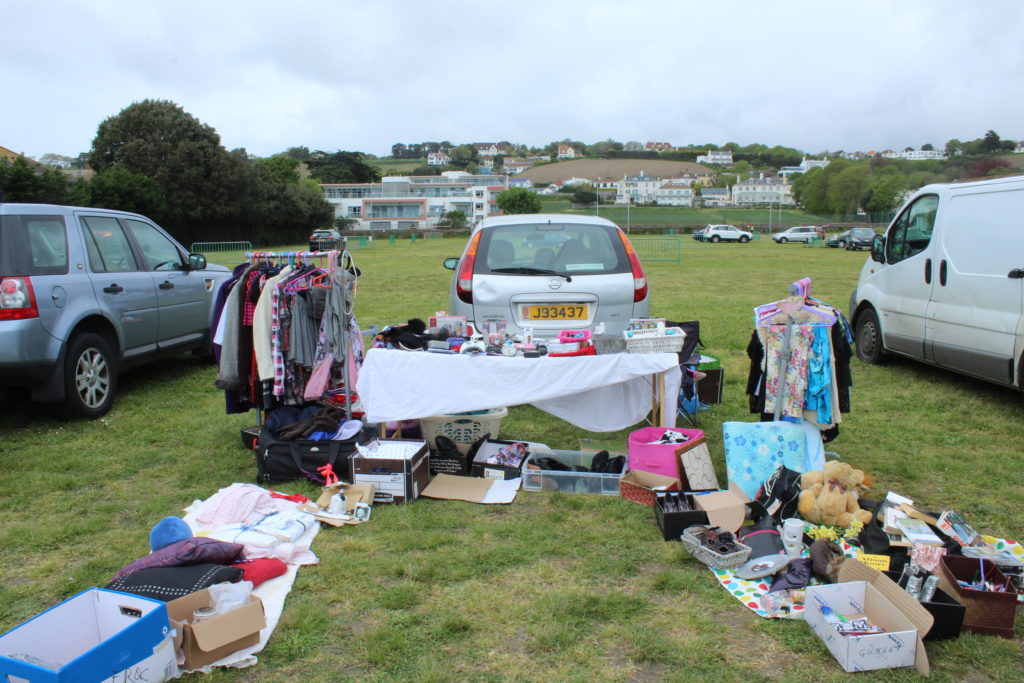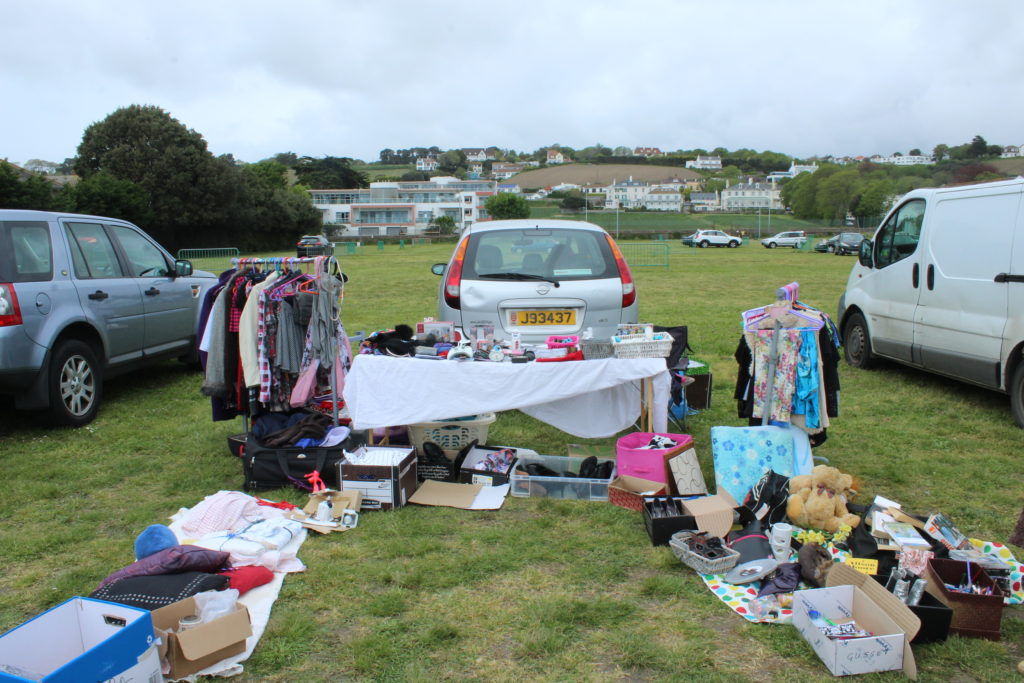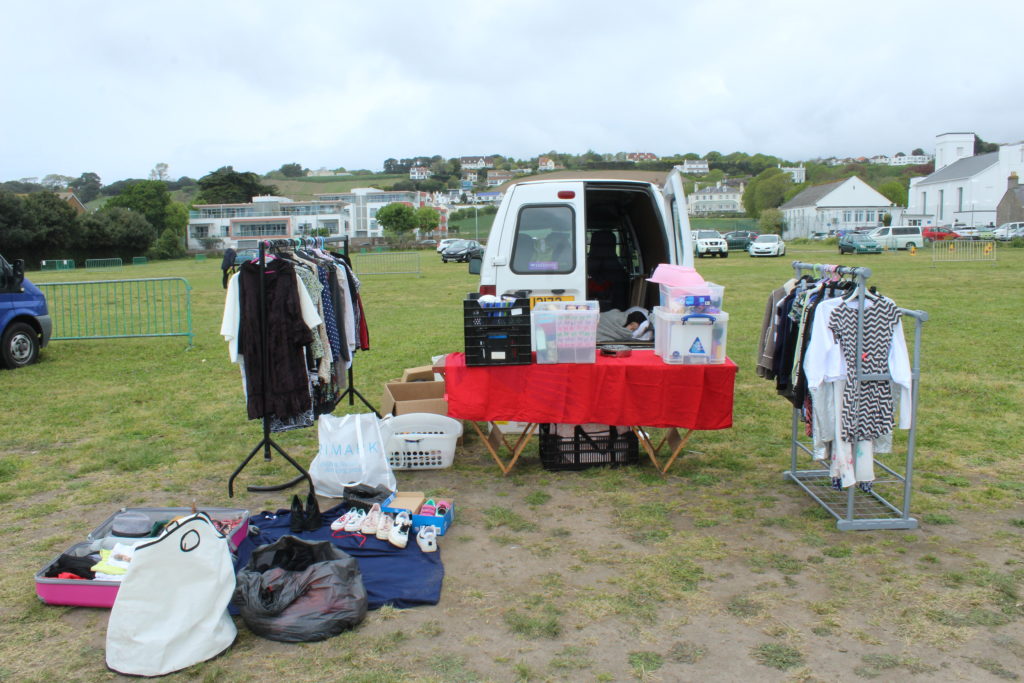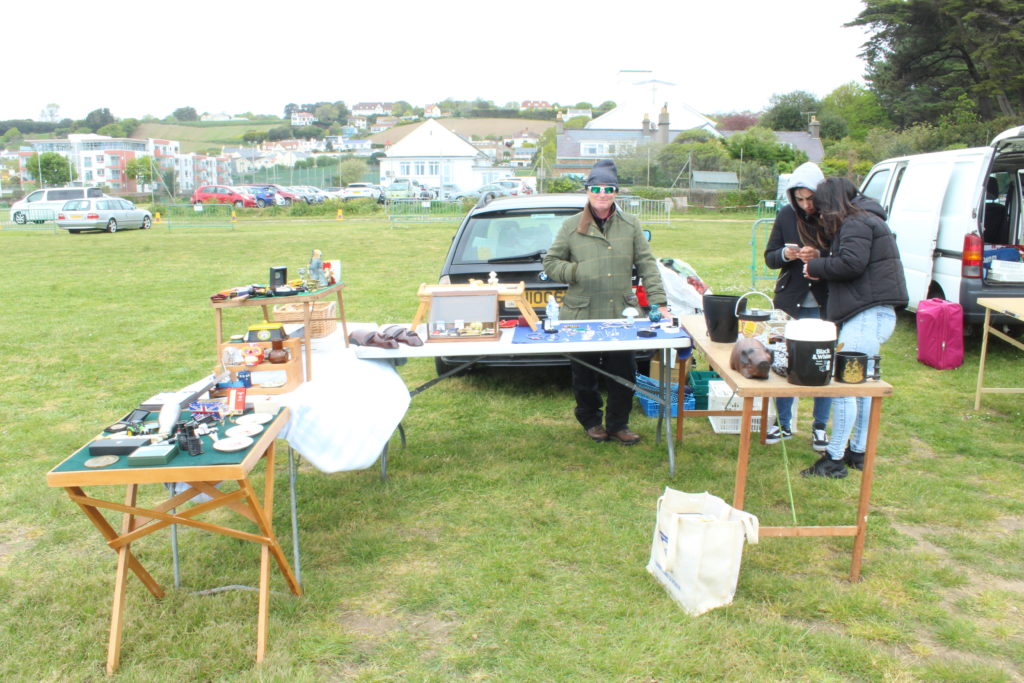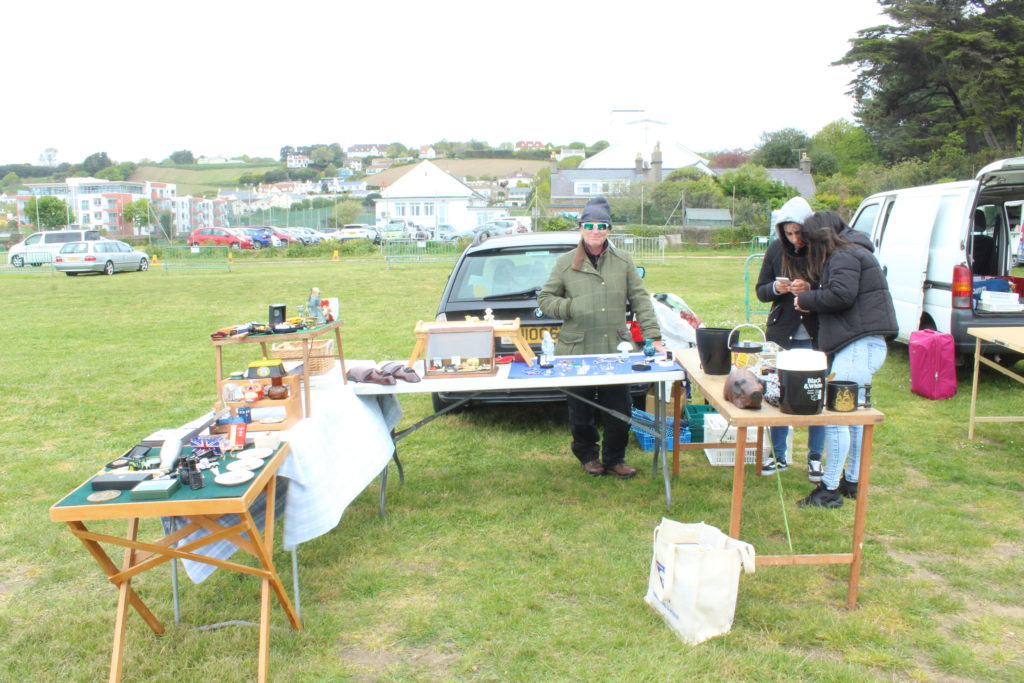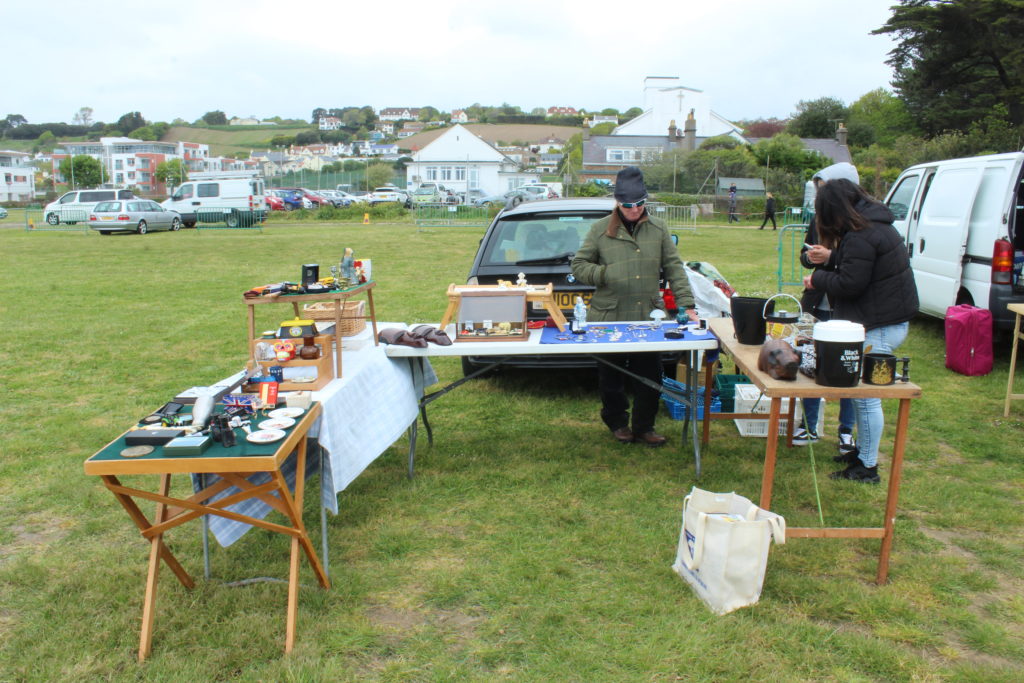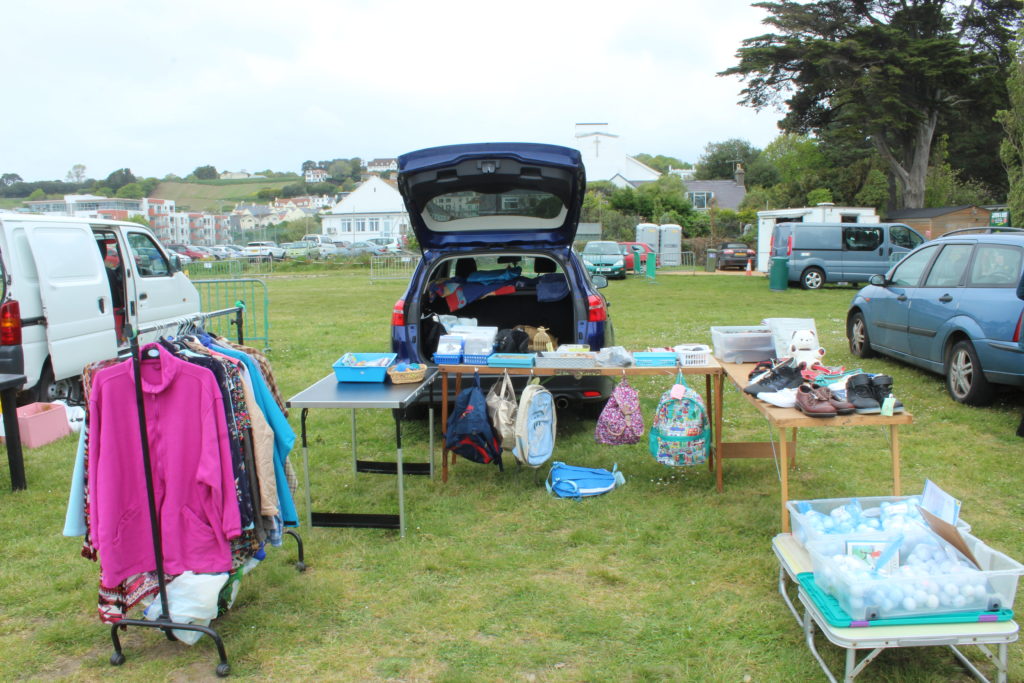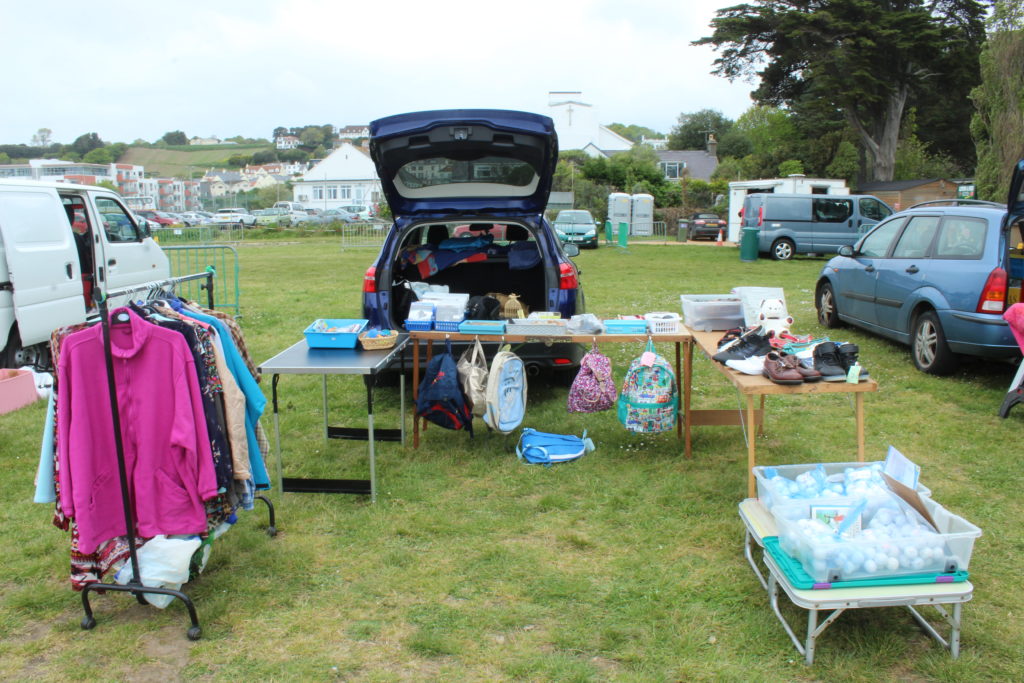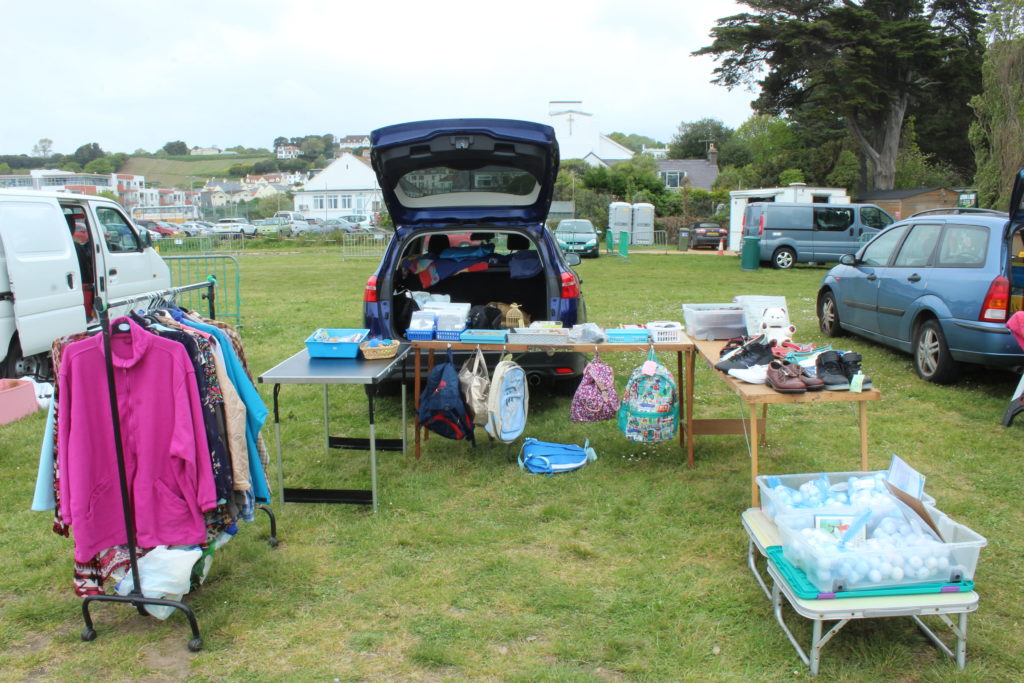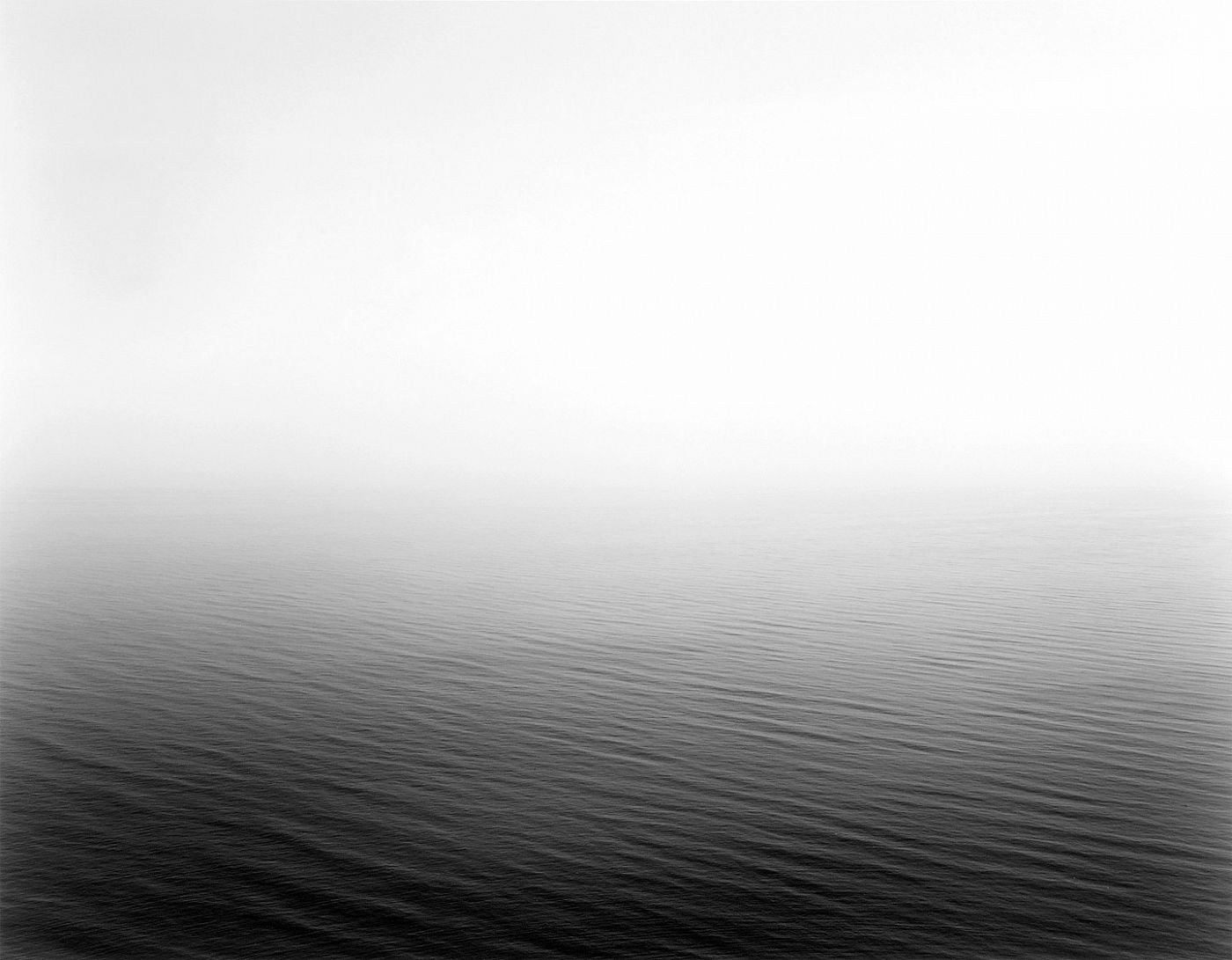Final evaluation: Overall I believe this project has been my favourite throughout the past two years. It is unique, unlike anything I or anyone else has ever done previously, this innovation of colour, format and presentation creates a hyper realistic emphasis on the power of life. This godly narrative is so successful it subverts expectations of what I usually develop within my work. It is also the first project which has a successful narrative which really evolves throughout yet is linked and further connoted through the exponential editing. The power, delicacy and vibrancy seen throughout is something unexpected and I belive this is why it is so powerful.
How well have ideas developed? : I believe my project has developed incredibly well. I started off initially within the development of fine art, and the questioning of chaos within the media, this Further formed to create a clear distinction between what is important within life, and in what way does everything apply different to our own individual different lives. This having clear connotations between similarity and variation. Soon experimenting with beauty and presenting my own outlook in life I developed upon the idea of haiku and finding beauty within the reality of life, Focusing on beauty however, for myself, this was not enough of a narrative concept and did not allow me to form the type of narrative that I desired for my book. More so combining chaos and beauty The concept of the evolution of life became a clear indexical theme that further allowed more conceptual ideas and flames of inspiration to transpire. To do so I started developing more shoots of houses, objects and people in order to create a more diverse narrative. I achieved around 12 shoots in total, as I wanted this large index for me to be able to show a clear presentation of a long lifespan. I soon discovered much of life revolves around questions, asking how something was created, and or celebrating and worshipping around religion. God I believe is part of any peoples lives, so adding this impression of the story of creation and life and death, just adds in this other layer, which everyone has an understanding of yet is uniquely individual to us all, sensing the similarity and difference. I believe this concept was successful and I then started development for the better finish and narrowed down to achieve a much more successful concept throughout.
Are ideas explored and selective appropriate to intentions? : I believe all of these ideas explored were definitely appropriate intentions to my project and in the end I was able to use my images of beauty and chaos as they both accessed this level of life experience and religious identity throughout my project as a whole. It enabled me to also form a stronger personal connection to my project, adding in photos of family members and my own personal narrative when it forms to the view of religion and Catholicism.
Are they sustained and focused? Are they reviewed and refined?`: My shoot started off with basis of a chronological narrative following the story of creation, to do so I started off with what god was said to create first, images of land, nature and sea, so the basic elements of life, this then further explored to images of animals and people and then the outcomes of this soon evolved to objects, houses, and the forming of religion caused by this creation and belief in god. I wanted to create another narrative level however, this was to be using images of nature and the elements to also connote a human life, using water and underwater photograph to show a simulation of birth and sanctity, soon leading into darker tones throughout the book to show a demonstration of sin and decaying of the body.
How many responses/ shoots?Command of camera skills/ photographic techniques and processesUnderstanding of composition/ considering quality of light: I have done around 11-12 shoots, Around 8 of theme are perhaps visible within the book itself. Many of the shoots I put into one contact sheet if they had the same objective, such as the underwater and above water photoshoots. I needed to take a-lot of shoots to show this diversification and understanding of life, to experience things and elements which show a direct link and relevancy to everyones life around them. When photographing I was always looking for a different interesting dynamic of composition. This differed between macro images, Images of of landscapes, close up portraiture, slow exposure and fast shutter speed. This experimentation shows different feelings within each images and purposely done in order to create a dynamic representation. The quality of images was important, I wanted a clarity to be able to know what element everything holds, as this clarity is relevant to why it was created and the usefulness within everyone’s everyday lives. My editing process was unique, I looked at the composition of a piece and it’s main elements of interest and developed it in such a way to show a disposition of colours and light and contrast to create a whole image. This was my favourite part of the process, as it made all the images unique, dynamic, more abstract yet creates this angelic movement, and emphasised the understanding of the piece itself.
What are the overall quality of the images?: The quality of the images throughout the final presentations were very good. Despite being excessively large as an A1 presentation, the final outcome fo the piece. The images within my book are all in good detail, every details clips and the clarity is very good.
How do they respond to research?How do they relate to artists references?: Much of my research started off within looking at chaos, life, and then Catholicism and Christianity. I further looked into the practicality of black and white photograph and its accessibility and accuracy to get good photos. Looking into religion was a very important part, there is so much love yet chaos seen within the old testament, even the story of creation ends with falling and failure to live in a place which is anything but perfect. Because of this the essence of dying and the fous on sentiments which fits this narrative was a very important part of my research, because it was exactly what I wanted to take photos of. Looking at artist was personally My most effective part of my project as a whole, it not only enabled my original editing inspiration, but also exposed me to a type of photography I had never tried to do previously, and also conceptual meaning of how beauty can be found within chaotic and scary parts of life, such as death itself.:
How do the interpret exam theme? : The theme was evidently. variation and similarity. I believe this is shown within my project in a few levels. Firstly the similarity could be explored through the mimicking of editing processes throughout my work, and how this development of life is also just another way to show how may different images can combine into making this repeat exploration of silver and black narrative. Too simulation can be seen conceptually through the relevance of religion. Religion is an aspect fo life which has an affect on everyones, wether they are atheistic, Muslim, catholic and Christian. However the difference and variation is the beliefs and what religion means to them as an individual. When I was asking people about what they think to be beautiful, everyone had a different response, and I believe this to be the same with religion. It Independently varies as an individual yet repeated within the same religious construct. Another similarity the basis of birth and death, no one is able to escape this, it is something which is widely feared yet inevitable. However, I think the way in which you decided to live your life according to this is where it differs. If you choose to be stranded in fear of this you will never have a proper life, whether variation is found within what people choose to be with this information, life their life and seek freedom and independence of love, or not. The accessibility of my narrative is capable of everyone to find an element of relation and fascination, yet they will all receive a different message and final outcome from it. This is the variation and similarity

























